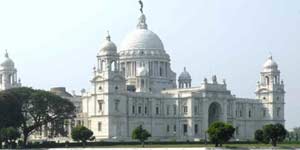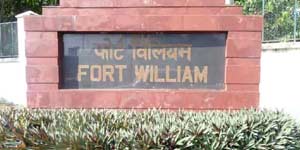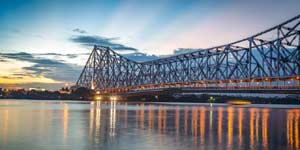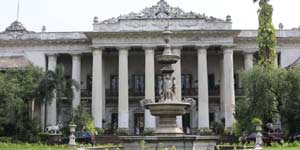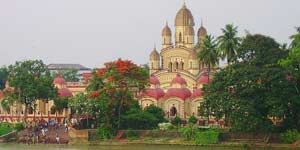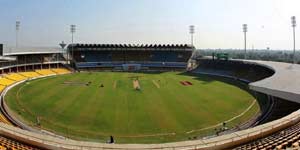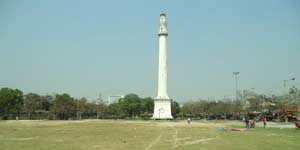
Indian Museum
The Indian Museum in Kolkata is the ninth oldest museum in the world and the largest museum in India with its foundation stone laid in the year 1814. It has exhibits of some finest collection of artefacts that include, armours, fossils, skeletons, antiques, ornaments, Egyptian mummies and contemporary paintings as well as paintings from the Mughal era.
Indian museum also boasts to have one of the most unique assemblages of coins and sculptures that date back to the second century AD. There are sculptures from Gandhara School of Art and architectural remains from Bodhgaya too, which are displayed in separate galleries. The museum is popularly called as ‘Jaadu Ghar’.
Museums are a treasure trove for all history buffs. The Indian Museum has a total of 35 galleries divided into 6 categories namely Anthropology, Art, Archaeology, Geology, Zoology and Economic Botany. The museum celebrated its bicentennial anniversary in February 2014.
History of Indian Museum Kolkata
The conceptualization of setting up a museum in 1794 was, in itself a moment of pride towards the cultural development and a value addition to the heritage and history of India. The ideation of Indian Museum was proposed by The Asiatic Society of Bengal which was formed by Sir William Jones in 1784, a well-known scholar who devoted his life to the service of India. It only appeared concrete by 1808, when the society members were granted a suitable place by the then Government of India in Chowringhee- Park Street area.
The principle purpose of forming the Asiatic Society of Bengal was to promote a centre for learning and development of culture and art through socio-cultural activities and also to preserve the culture and tradition pertaining to the limited geography of Asia.
The Indian Museum was established in February 1814 by Dr. Nathaniel Wallich, a Danish Botanist. Dr. Wallich suggested that the museum must have two sections- an archaeological, ethnological and technical section and a geological and zoological one. Wallich was named as the Honorary Curator of the Oriental Museum of the Asiatic Society. He had also donated several botanical specimens from his personal collection.
As the museum started gaining popularity among both Europeans and Indians, objects started pouring in from various donors from across the country. The list of donors was numbered at 27 in the year 1816, all Europeans, who gifted 127 items. The individual collectors were Col. Stewart, Dr Tytler, General Mackenjzie, Mr Bryan Hodgson, Capt. Gillon. Among the 49 Indian donors, the most recognised names were Baboo Ram Comul Sen, Kali Kissen Bahadoor, Moharaja Radhacant Deb, Mathuranath Mullick, Sivachandra Doss, and her Highness Begam Sambroo.
Monuments in Kolkata
Kolkata, famously known as the ‘City of Joy’, is not just another metro city, but has an important place in the history of India. It was the first capital of the British rulers when they had just started building their system of administration to empower their position in the country. The city has gone through multiple transformations industrially and culturally since its formation. In Kolkata you will find multiple places to tell the story of the British age. Here we discuss five historic places and monuments in Kolkata. Kolkata, which is often called the city of joy is one great destination which is rich in many monuments which reflects the beauty of the glorious past. The city was even a charm during the British rule and it is still a charm. The various monuments available in Kolkata reflect the stories about the city. The beauty of these monuments is unmatched or is rather growing with time. The best monuments in Kolkata is listed here for those who want to check them out when traveling here.


